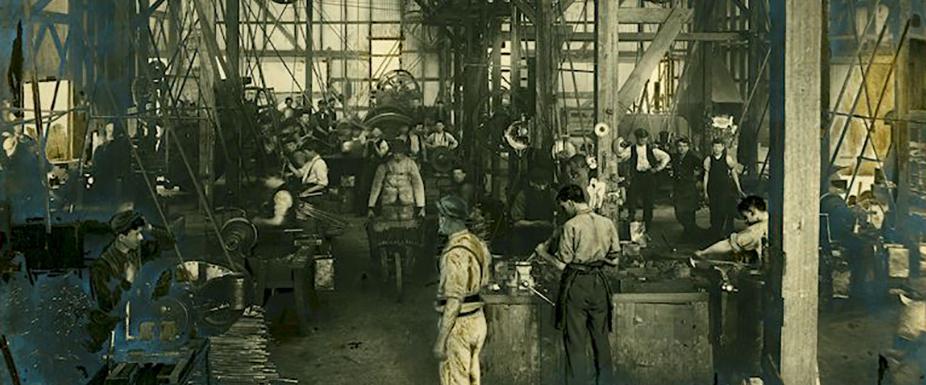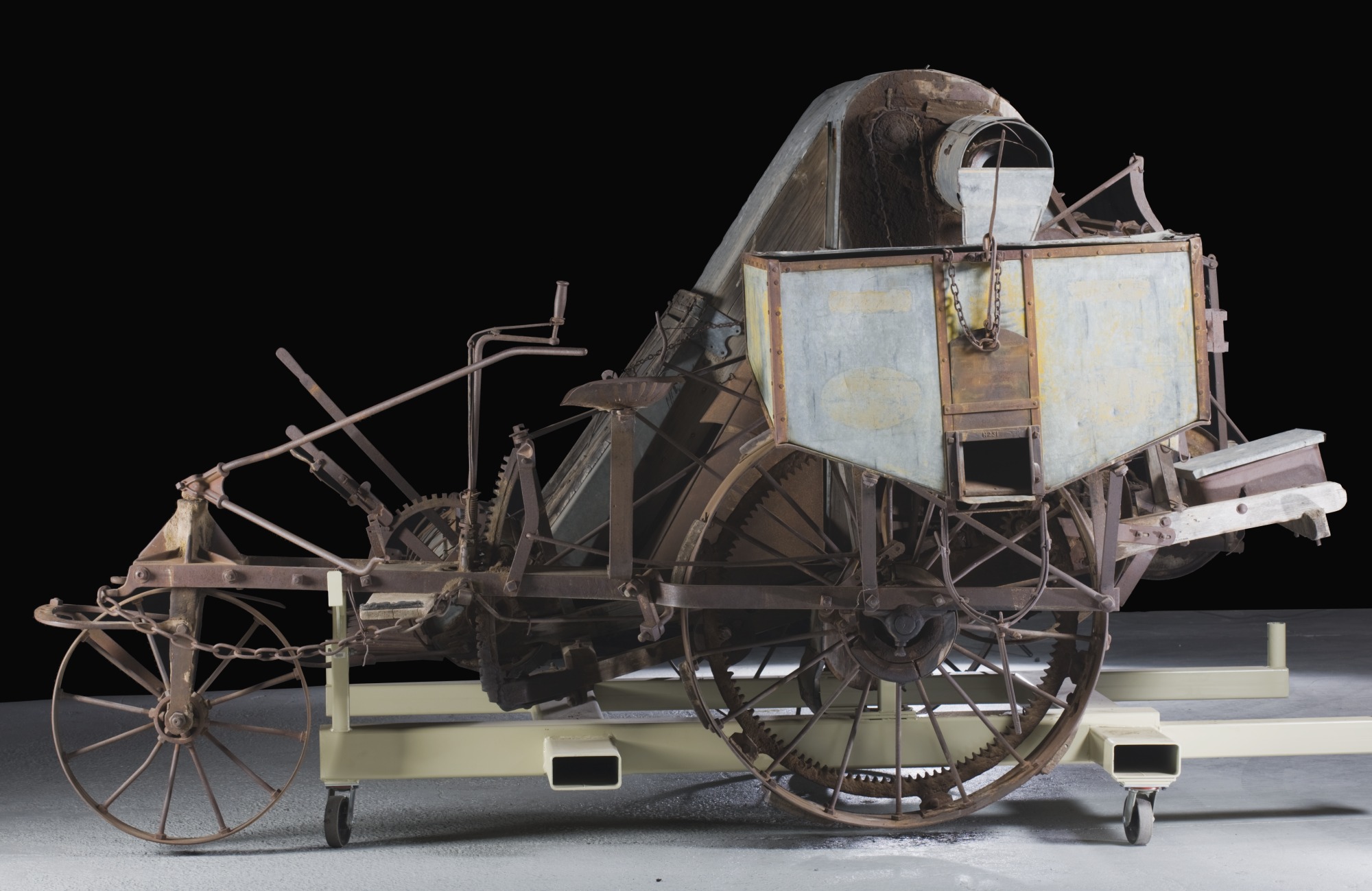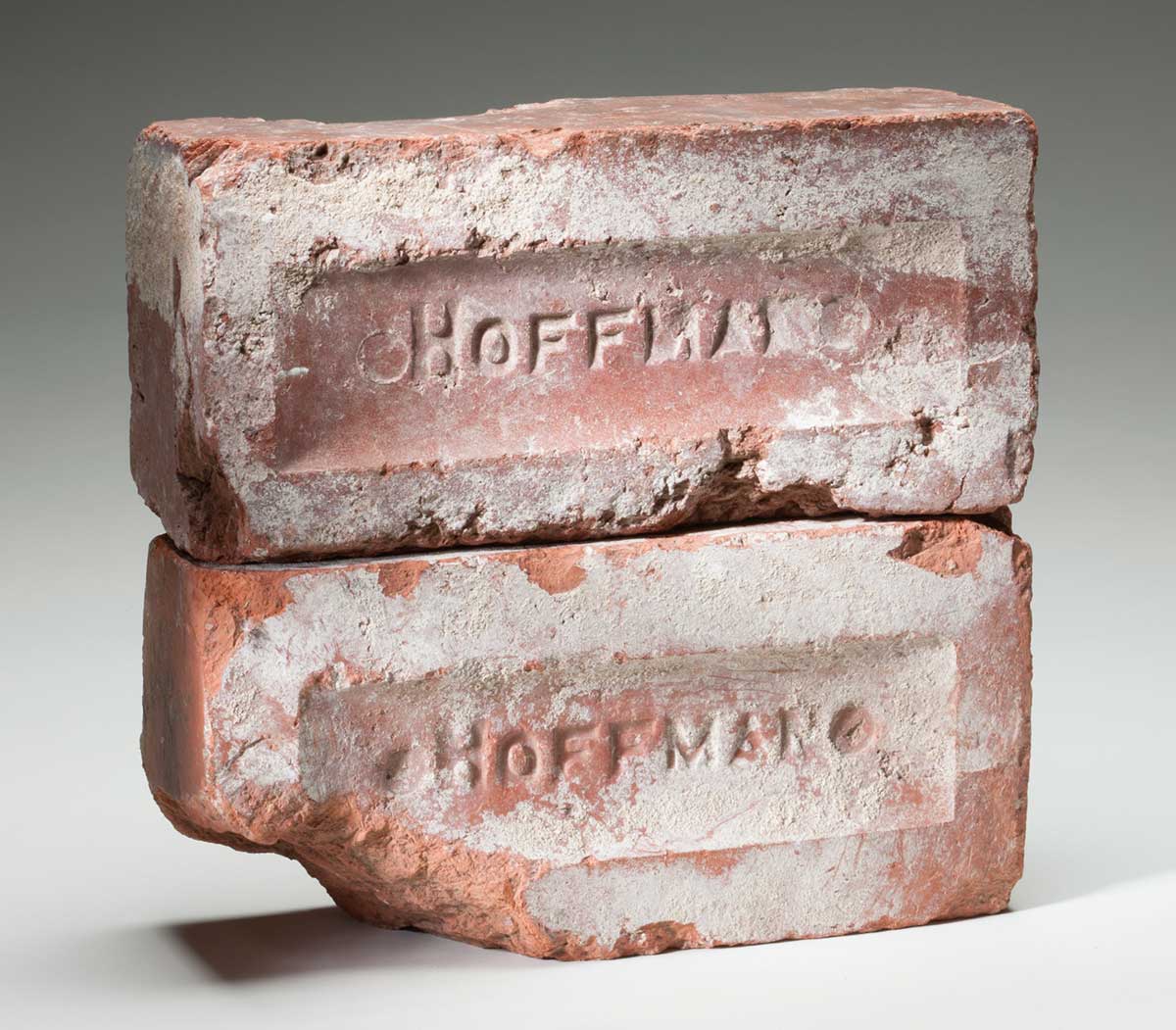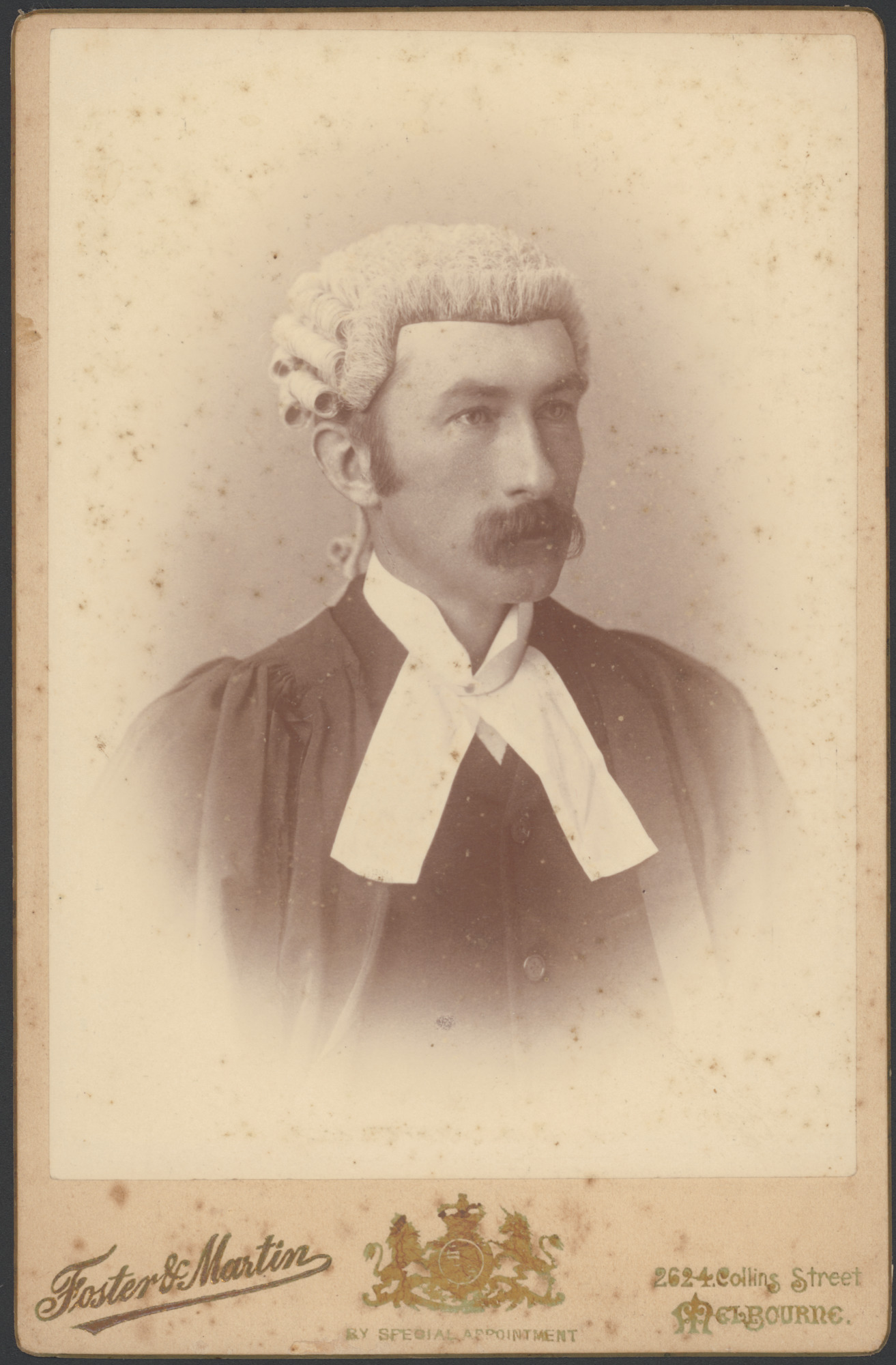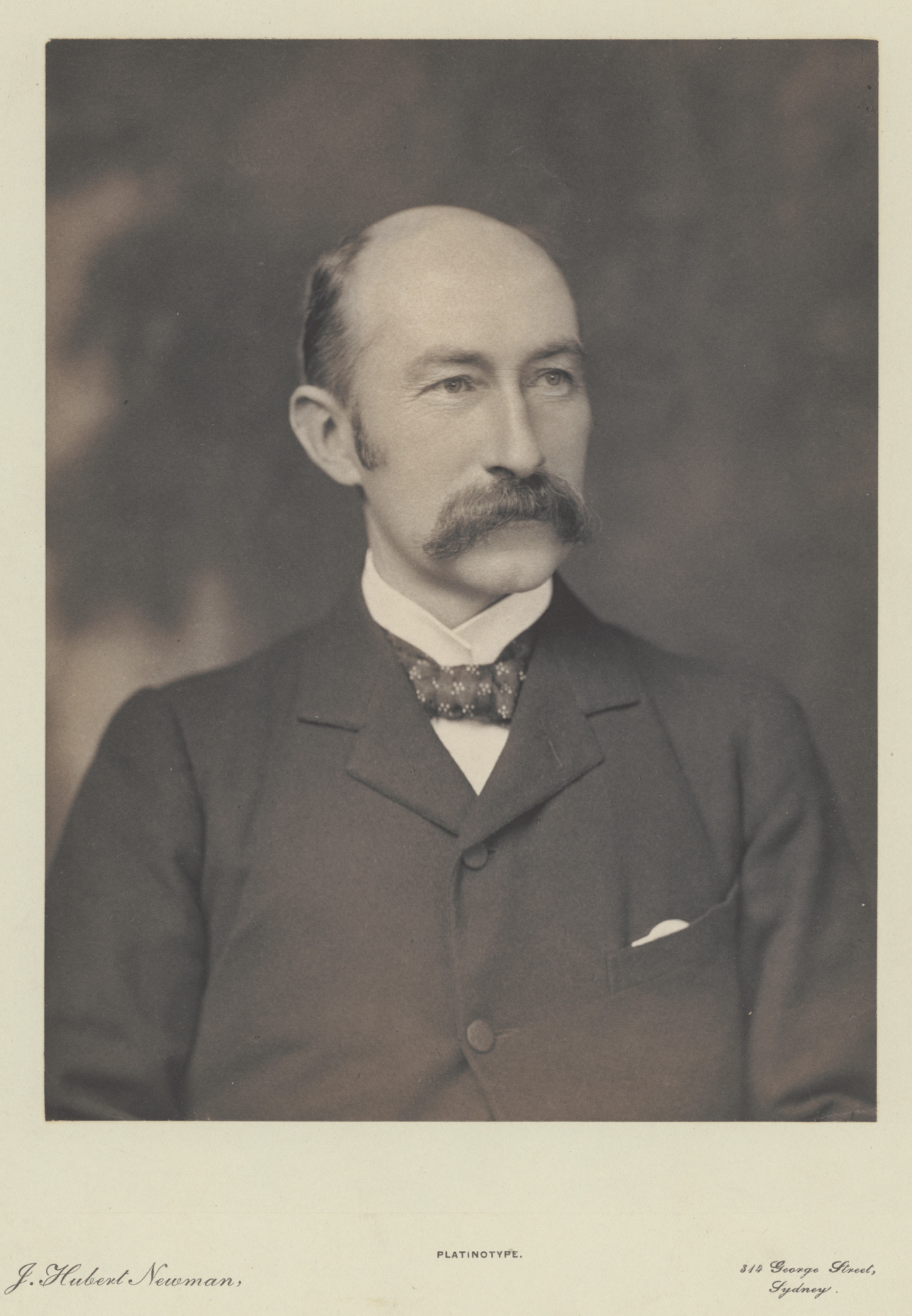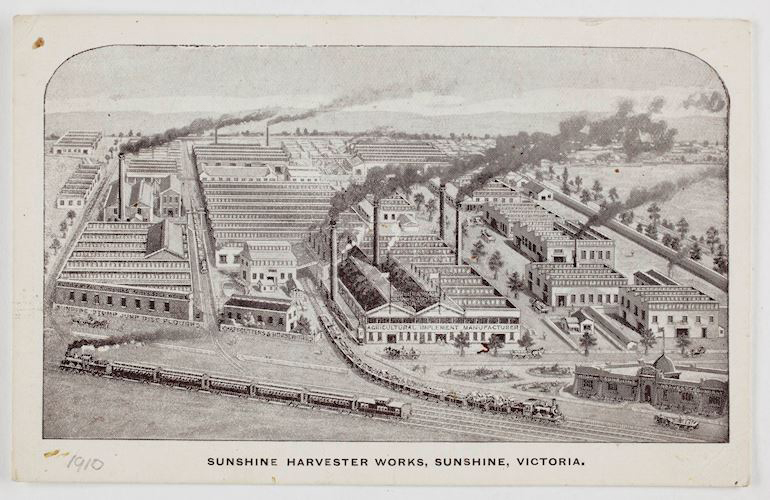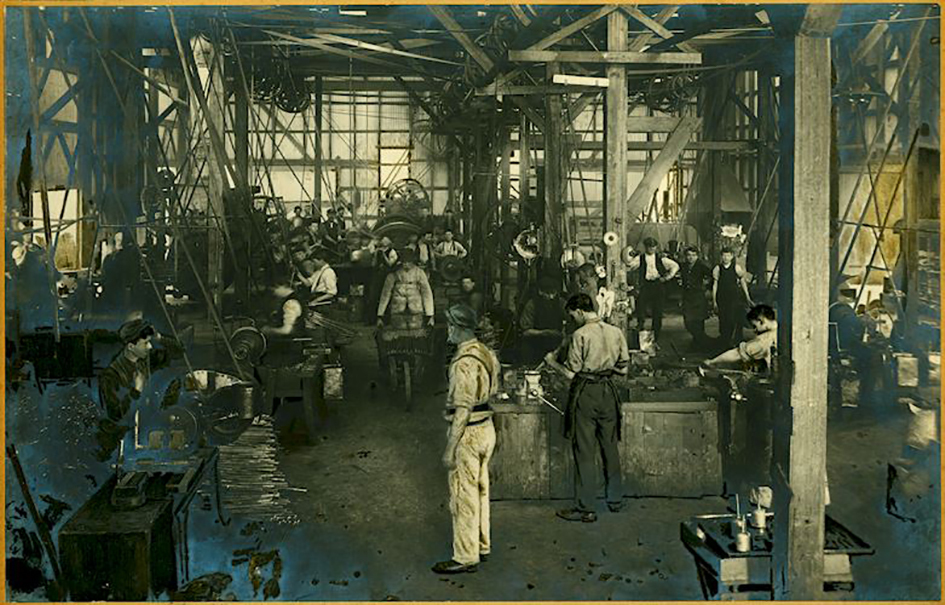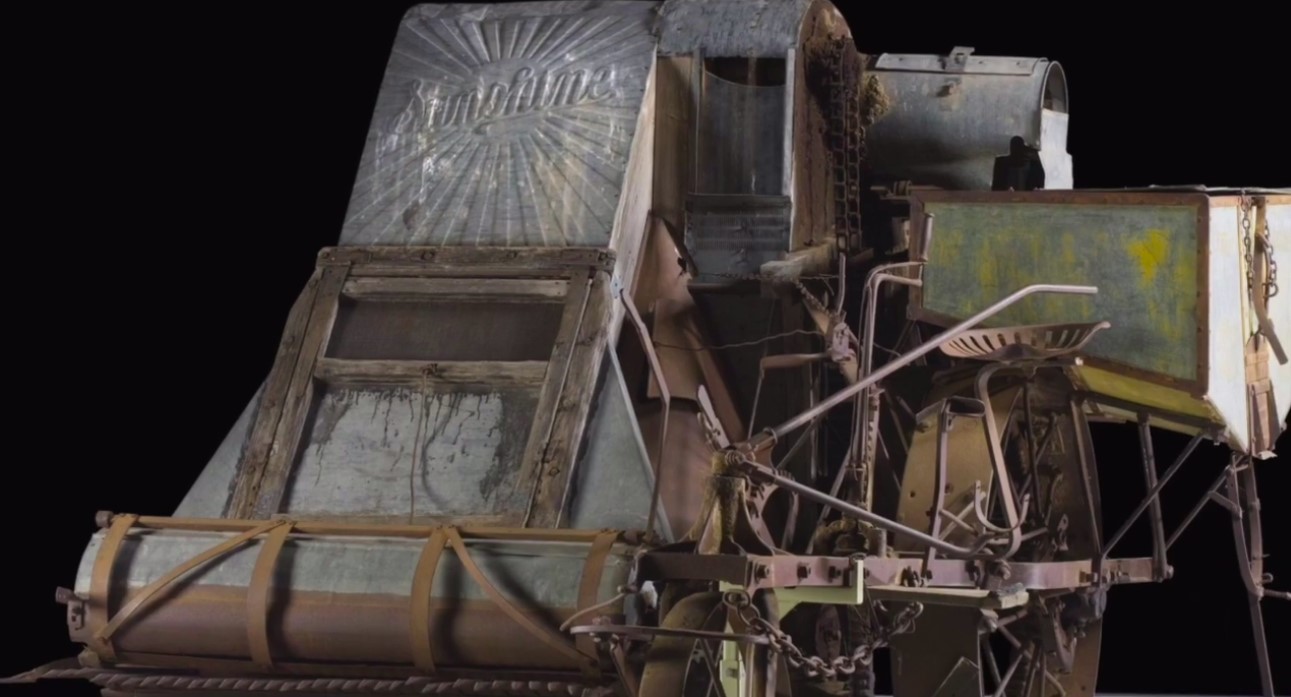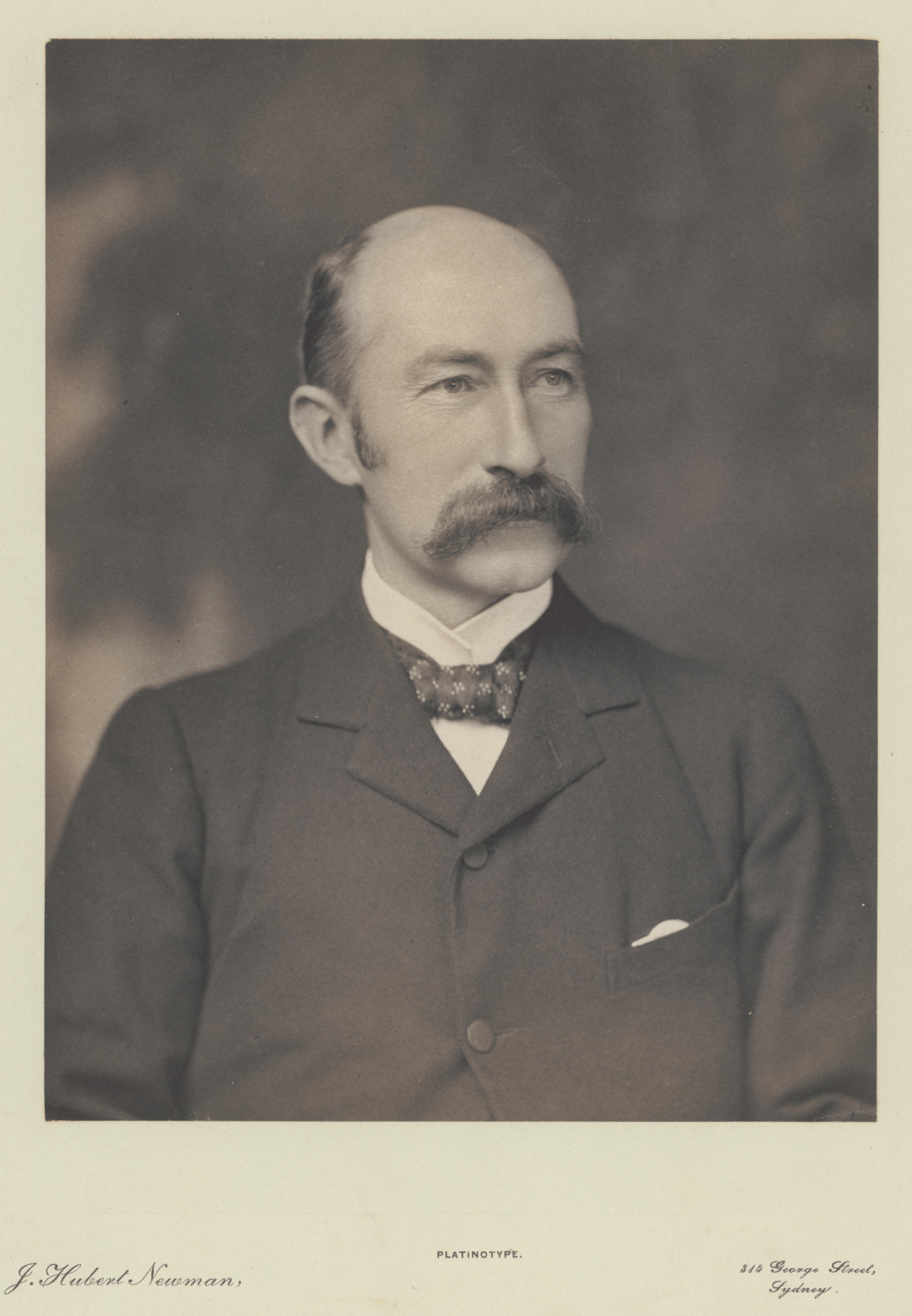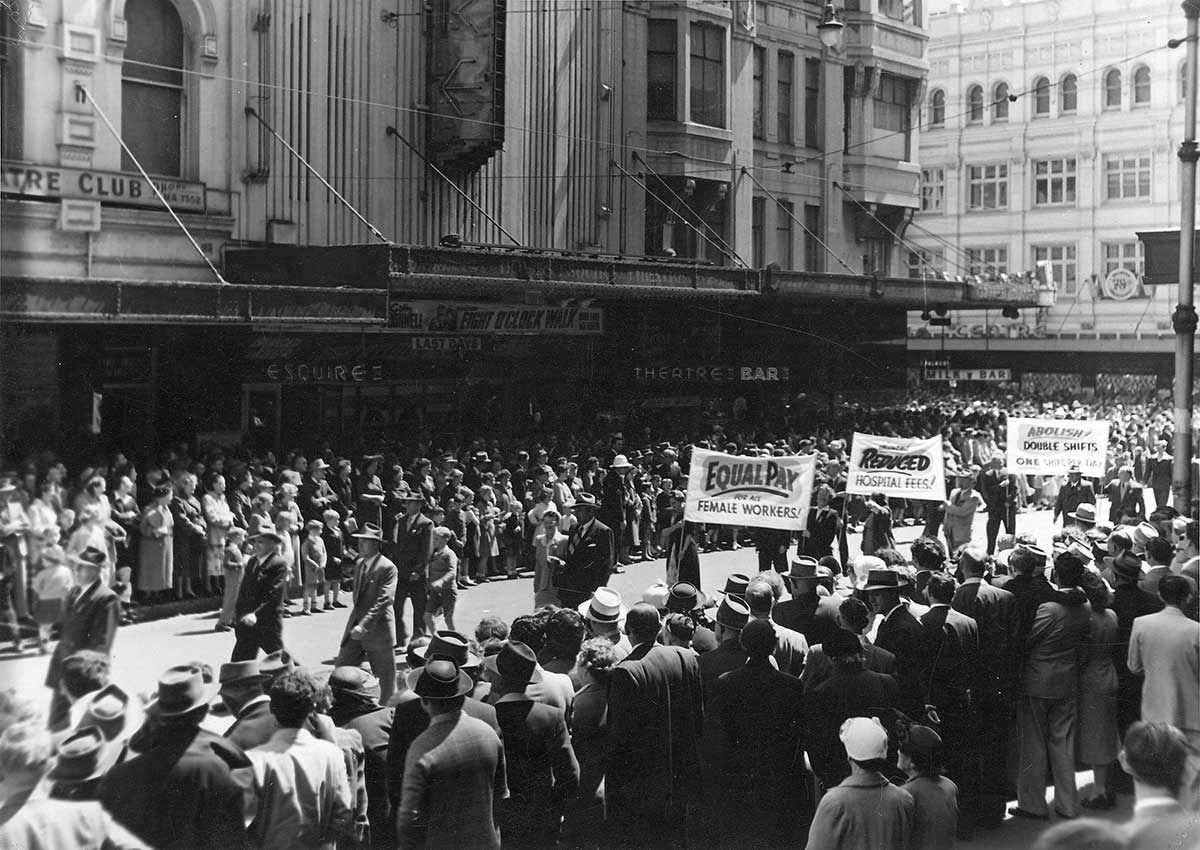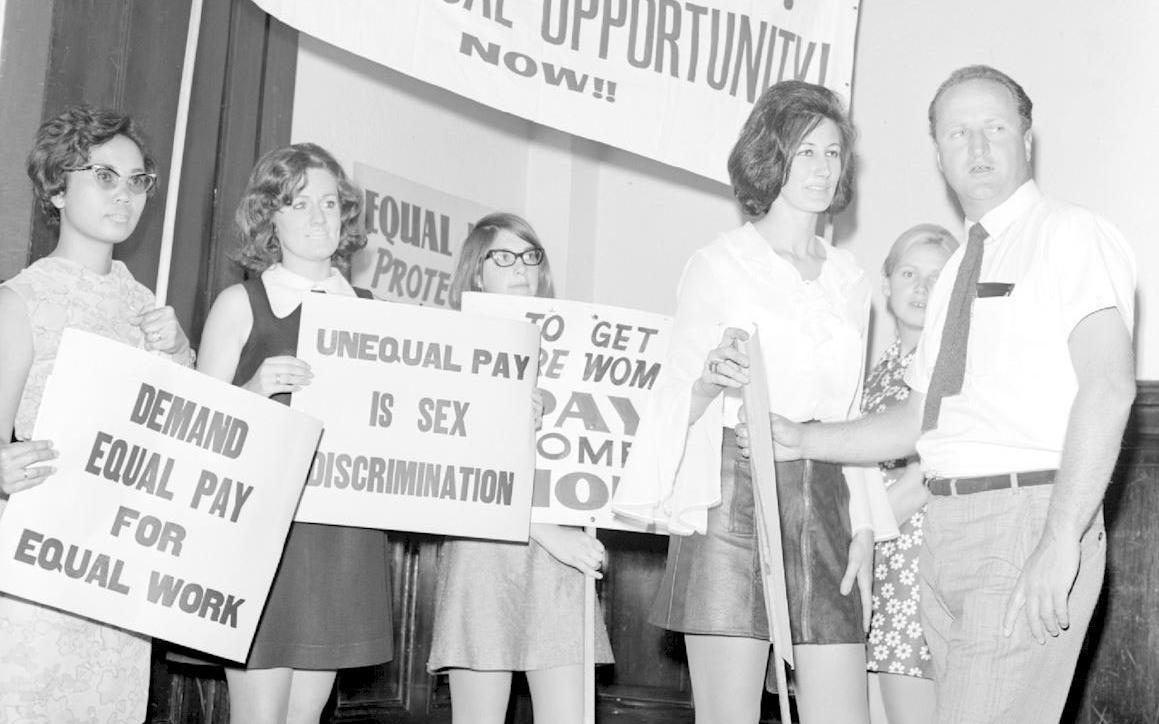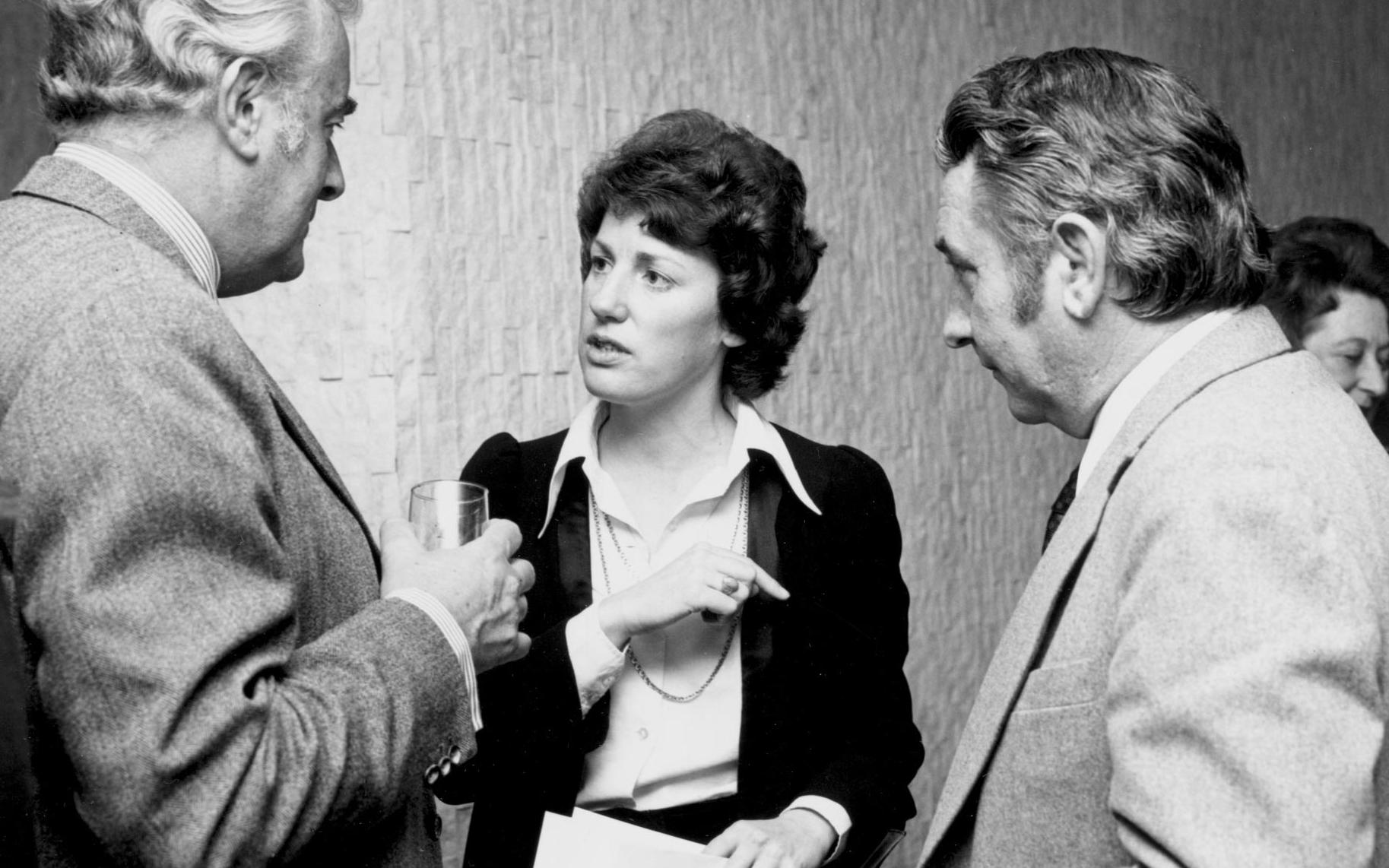A ‘fair and reasonable wage’
1907: Justice HB Higgins hands down the ‘Harvester Judgement’
A ‘fair and reasonable wage’
1907: Justice HB Higgins hands down the ‘Harvester Judgement’
In a snapshot
In 1907 the President of the new Conciliation and Arbitration Court, Justice Henry Bournes Higgins, brought in the idea of a basic or minimum wage. Using the Sunshine Harvester Factory as a test case, Justice Higgins decided that working men should be paid a wage that would allow them to support a family of five. Justice Higgins’ ruling, known as the Harvester Judgement, became the basis for setting Australia’s minimum wage standard for the next 70 years.
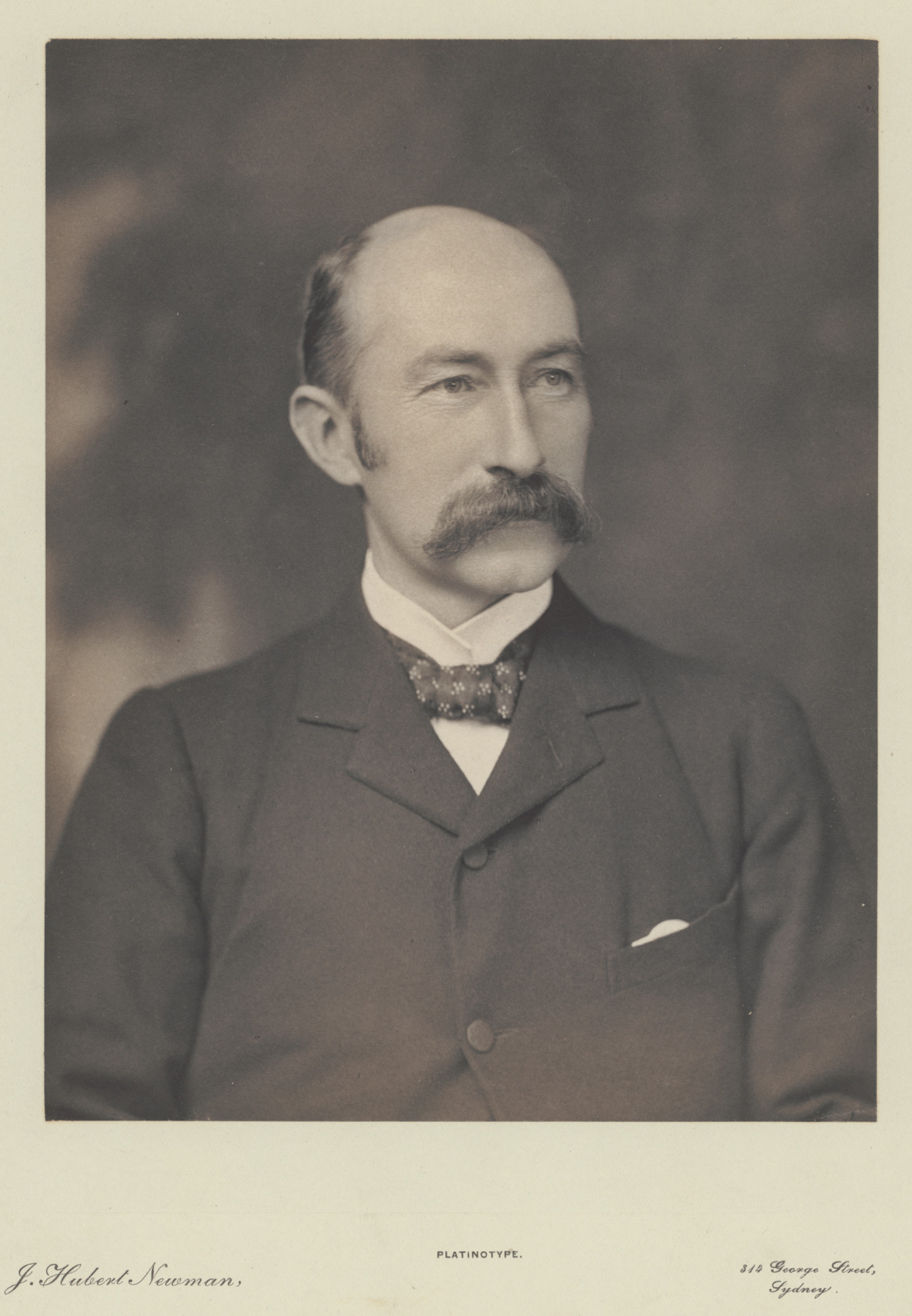
 Can you find out?
Can you find out?
1. What was formed in 1904 and what was its purpose?
2. What did Justice Higgins base his ‘fair and reasonable wage’ on?
3. Why was the Harvester Judgement a ‘landmark case’?
Why did Australia need a Commonwealth Conciliation and Arbitration Court?
In the 1890s there were several violent clashes between Australian workers and their employers. As the six colonies were discussing Federation, community leaders were also looking at how disagreements between workers and employers could be settled without violence.
One suggestion was to create a special court that would hear both workers’ and employers’ points of view. The Commonwealth Conciliation and Arbitration Court was formed in 1904 to help workers and employers settle their disputes peacefully and fairly.
The Sunshine Harvester Company
In 1885 the Victorian industrialist Hugh Victor McKay invented the Sunshine Harvester. It was one of the first machines in the world with multiple harvesting functions. It was hugely successful because it saved farmers time and money.
In 1904 McKay’s Melbourne Sunshine Harvester factory had a growing number of workers who, like most workers in Australia at the time, were joining trade unions and becoming more aware of their rights.
Research task
Do some further research to find out how HV McKay’s new Sunshine Harvester saved farmers both time and money.
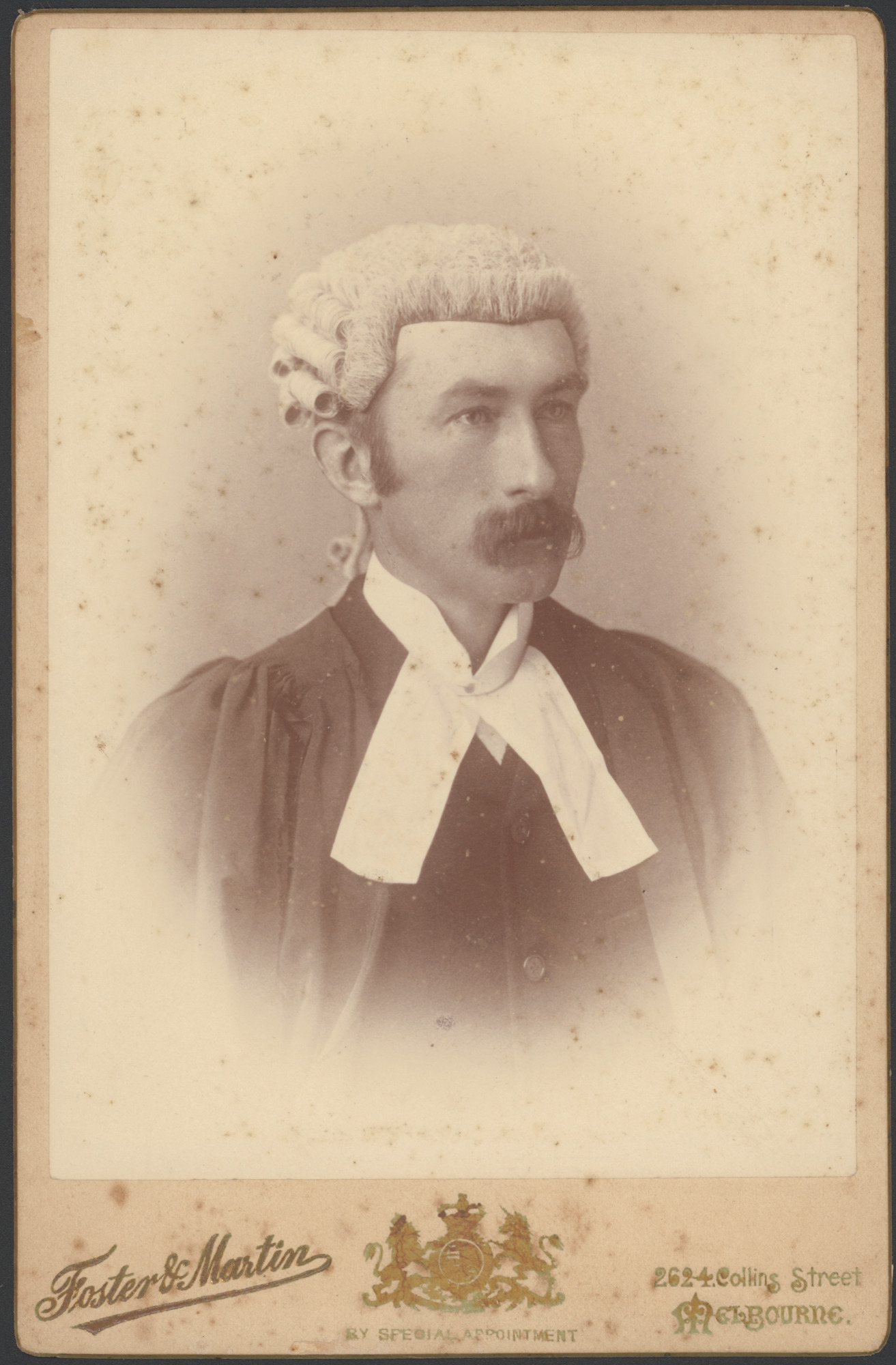
How was the Harvester Judgement made?
In 1906 the law was that if employers did not pay their workers a ‘fair and reasonable wage’ they had to pay a tax on the products they sold.
McKay’s wages were not thought to be fair and reasonable. McKay disagreed, so he sent an application to the new Conciliation and Arbitration Court.
The President of the Conciliation and Arbitration Court, Justice Henry Bournes Higgins, chose to look into McKay’s case. He heard evidence from Sunshine Harvester Company representatives, trade union representatives and workers. He also interviewed workers’ wives.
The court looked at 11 workers’ households to work out the ‘cost of living’ for an average working family. This included the cost of clothes, boots, furniture, insurance, union membership, lighting, sickness, books, newspapers, alcohol and tobacco. Higgins decided that wages had to be enough for a worker to meet the basic needs of a family of five.
In his judgement Higgins calculated that a fair and reasonable wage for manual workers was seven shillings per day or 42 shillings per week. The decision was a landmark case because, for the first time, wages were based on the needs of workers and their families, instead of what employers were offering.
Research task
Find out what else, apart from wages, Sunshine Harvester factory owner HV McKay gave his workers.
‘I selected Mr McKay's application out of some 112 applications made by Victorian manufacturers because I found that the factory was one of the largest, and had the greatest numbers and variety of employees; and because his application was to be keenly fought.’
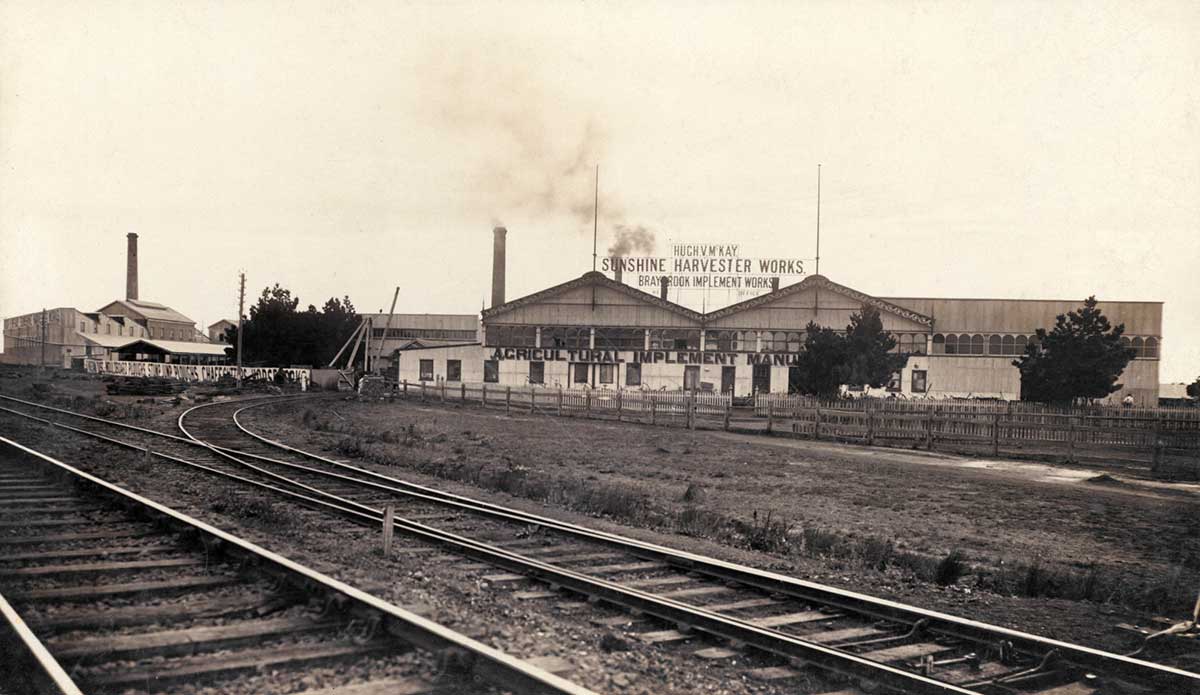
Was the judgement successful?
McKay, who paid some of his workers 36 shillings a week, didn’t accept the Harvester Judgement. He took his case to the High Court of Australia, which ruled that the Act of Parliament that had led to the Harvester Judgement was unconstitutional. This meant that Justice Higgins’s calculation of a ‘fair and reasonable wage’ could not be enforced.
Although the High Court overturned Justice Higgins’s judgement, the idea that employers should think about the needs of workers and their families became the benchmark for all minimum wage negotiations in Australia up until the 1970s. This has helped Australia to become a world leader in setting minimum wages and conditions for workers.
Read a longer version of this Defining Moment on the National Museum of Australia’s website.
 What did you learn?
What did you learn?
1. What was formed in 1904 and what was its purpose?
2. What did Justice Higgins base his ‘fair and reasonable wage’ on?
3. Why was the Harvester Judgment a ‘landmark case’?






